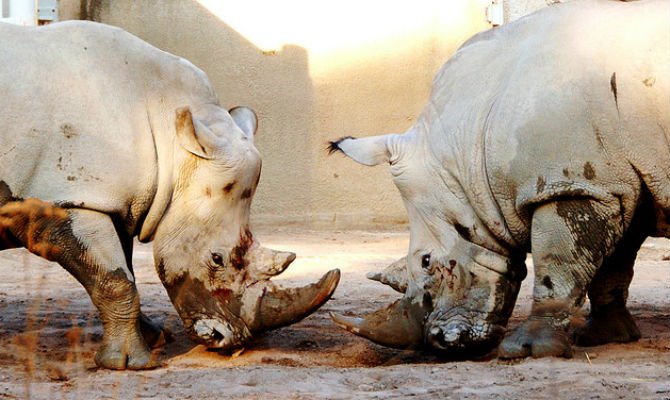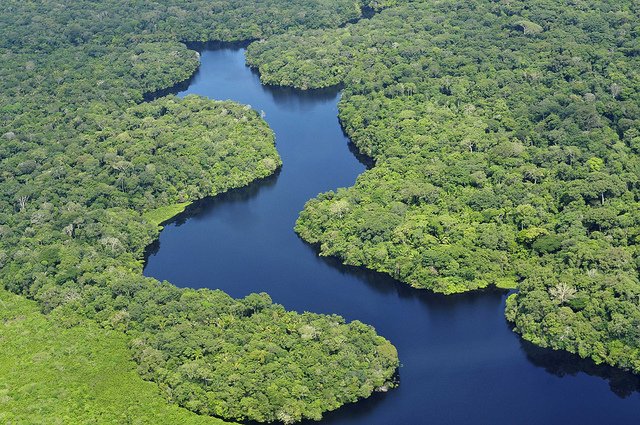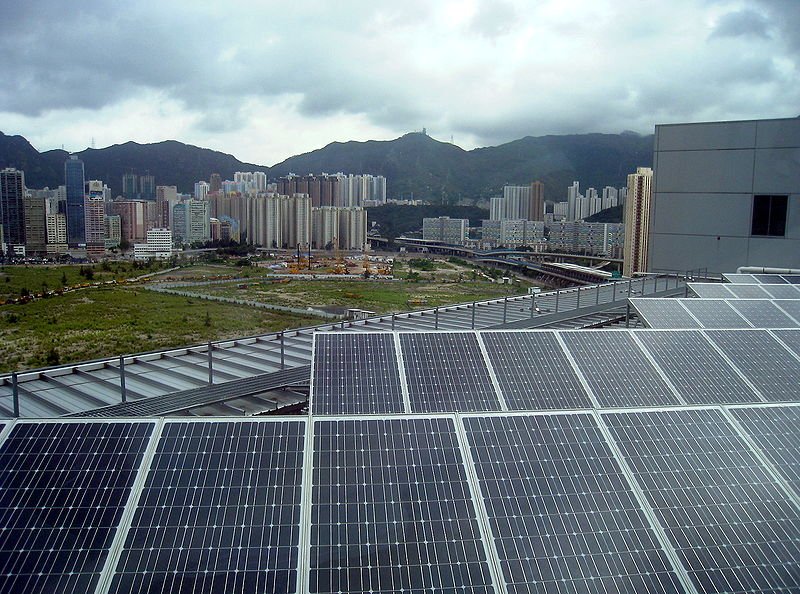What is Global Goal 15?
You know the song “Colors of the Wind” from Pocahontas? With the wolf crying to the blue corn moon, and the sycamore tree, and the “we are all connected to each other”? Global Goal 15, Life on Land, is along those lines. For those who missed the eco-friendly classic, enjoy:
Luckily, part of the world is starting to listen to her words.
Essentially, Goal 15 targets all processes and actions that are a threat to animals, plants and ecosystems on our great, green planet. Some specific, key elements of what this looks like include:
- Save the rainforest! AKA putting a stop to deforestation and promoting reforestation
- Making sure ecosystems like forests, wetlands and mountains are conserved, restored and made sustainable
- Preventing the extinction of threatened species...because we can’t lose out on THIS
AND THIS
- Fairly sharing genetic resources (any material that comes from an animal or plant)
- Stopping the poaching / trafficking of protected animals
- Making biodiversity values a part of development planning (because doing all of this work just to have it all reversed would be majorly frustrating)
So how much progress has been made?
As the high-profile outrage to the death of Cecil the Lion shows, people care about this stuff--at least on social media. And social media helps to spread concern and anger farther than ever before.

This year when consumers heard how big-name companies like McDonalds, Starbucks and PepsiCo were using products that led to deforestation, they spoke out. Now you can indulge in that Big Mac with a slightly clearer conscious (at least when it comes to that three-toed sloth.)
And we have statistics to back our progress up! Brazil, home to 63% of the globe’s Amazon, is close to reaching its 2020 goal of reducing deforestation by 80%. Protected lands now cover 15% of the globe.
But there’s still a lot of work to do.
Are you a fan of elephants, tigers and lemurs (who knows, maybe you saw Madagascar)? We’re currently hunting them into extinction.
Overall, renewable water sources are on the down, and CO2 emissions are on the up, which means protecting what we have is all the more crucial.
Of course, any progress depends on a fundamental overhaul of human consumption. Basically, humans have to start consuming way less and way more sustainably.
Who are the leaders on Goal 15?
As home to most of the Amazon, the world’s largest and most diverse rainforest, Brazil has taken a lead on tackling deforestation. The country is home to many organizations dedicated to saving its rainforest (one of which has already planted over 2 million trees!) Brazil’s President Dilma Rousseff vowed to restore a chunk of rainforest the size of England, as well as increase the amount of renewable power the country uses.

Rousseff’s pledge is part of a larger US-Brazil climate partnership, and, because of the deal, the US will have to triple its use of wind and solar power. China (the world’s top greenhouse gas emitter) has also jumped on the “cut carbon emission” bandwagon.
There are a dizzying number of summits and forums dedicated to protecting our planet, with both the private and public sector vowing to ramp up efforts. The WorldWildlife Fund has been dedicated to conservation since 1961, and is a leader in ensuring that both the public and private spheres keep sustainability in mind.
In recent years, indigenous communities have also gotten more formally involved in environmental efforts. For generations, indigenous groups in Peru to Australia have been practicing sustainable techniques and fighting corporations whose practices suck up their natural resources.
Even the Pope has spoken out on the issue, urging action to save the planet in the first papal document ever to be dedicated specifically to the environment.
What tactics will be used to accomplish this Goal?
As the work of leaders mentioned above suggests, increased reliance on “good” renewable energy sources is a major factor. This means solar, wind and maybe even Elon Musk’s “crazy revolutionary” battery. Renewable energy sources are, by definition, naturally replenished and produce far fewer emissions.

In terms of saving valuable ecosystems like the rainforest, it also means stopping illegal logging and putting the kibash on development projects/ business practices that could damage the environment. Sometimes this is as complicated as analyzing the impact of the planned Nicaragua Canal. When it comes to the environment, activists tend to take big corporations and governments to task and sometimes succeed.
Lastly, new technologies are constantly emerging. From using drones to spot poachers, to a new contraption that helps trees live longer, there are ways to harness technological advancements for the environmental good.
What can you do?
There’s a lot you can do.
First, examine your everyday decisions. Are the companies you buying from engaging in harmful ecological practices? Are you buying products that are harmful to begin with? Are you recycling as much as you can?
These questions are not that hard. They can all be answered with quick Google searches or a little research.
From there, start encouraging your friends and family to be more environmentally aware.
And then pressure politicians to enact strong regulations to protect life on land. We’re currently living through the 6th Mass Extinction, an age that humans are entirely responsible for, meaning humans are capable of changing for the better.
To curb some of the harm already done, everyone has to get behind the Global Goals.
So go to TAKE ACTION NOW and call on world leaders today to make strong commitments to the Goals!